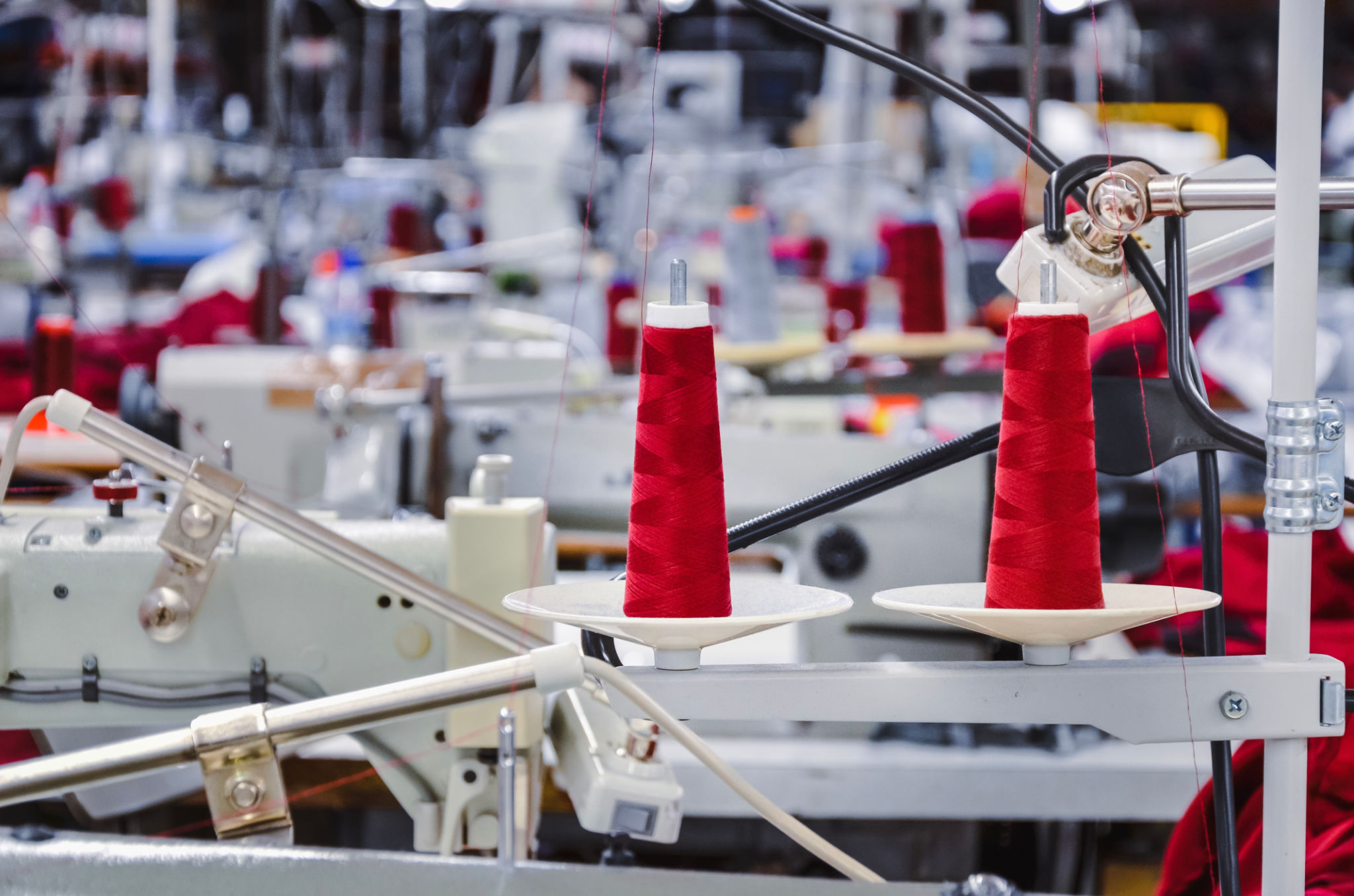The Importance of Design for Manufacturing in Product Lifecycle
The Role of Design in Manufacturing
In the product lifecycle, design for manufacturing (DFM) plays a crucial role in bridging the gap between the initial concept and final production. By integrating design and manufacturing processes, companies can enhance efficiency, reduce costs, and improve product quality.
The concept of DFM involves designing products with the manufacturing process in mind, ensuring that potential production issues are addressed early in the design phase. This approach not only saves time and money but also leads to more reliable and higher-quality products.

Benefits of Design for Manufacturing
Incorporating DFM principles offers several benefits, including:
- Reduced Production Costs: By considering manufacturing constraints in the design phase, materials and processes can be optimized to reduce expenses.
- Improved Quality: Early detection of potential manufacturing issues leads to fewer defects and higher product quality.
- Faster Time-to-Market: Streamlined processes and fewer redesigns mean products reach consumers more quickly.
Key Considerations in DFM
When implementing DFM, it is essential to focus on several key areas to maximize its effectiveness:
- Material Selection: Choosing the right materials can significantly impact the ease of manufacturing and the durability of the final product.
- Design Simplification: Reducing complexity in the product design can lower production costs and minimize errors.
- Tolerances and Specifications: Clearly defined tolerances and specifications ensure that products meet quality standards consistently.

Collaboration Between Design and Manufacturing Teams
A successful DFM strategy requires close collaboration between design and manufacturing teams. By working together from the outset, these teams can identify potential challenges and develop solutions that align with both design goals and manufacturing capabilities.
This collaboration fosters a culture of innovation, where both teams contribute their expertise to create products that are not only aesthetically pleasing but also practical to produce. This approach leads to a more seamless transition from design to production.

The Impact on Sustainability
Design for manufacturing also has a significant impact on sustainability. By optimizing designs for efficient production, companies can reduce waste and energy consumption. This not only benefits the environment but also enhances the brand's reputation as a socially responsible business.
Sustainable practices in DFM include using recyclable materials, minimizing resource use, and designing for product longevity. These practices align with growing consumer demands for environmentally friendly products.
The Future of Design for Manufacturing
As technology advances, the role of DFM is expected to grow even more critical. Emerging technologies such as 3D printing and automation are reshaping the manufacturing landscape, offering new opportunities for innovative design solutions.
Companies that embrace these advancements and integrate them into their DFM strategies will likely gain a competitive edge in the market. The ability to quickly adapt to new technologies while maintaining high-quality standards will be a key factor in future success.
In conclusion, design for manufacturing is an essential component of the product lifecycle that cannot be overlooked. By prioritizing DFM, companies can create products that are not only market-ready but also cost-effective and sustainable. Embracing this approach ensures that businesses are well-positioned to meet the challenges of today's competitive landscape.
